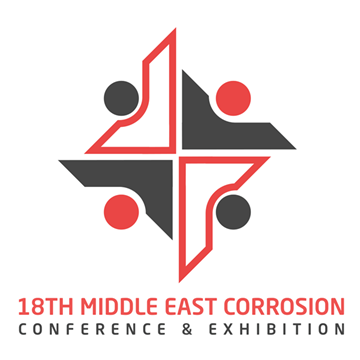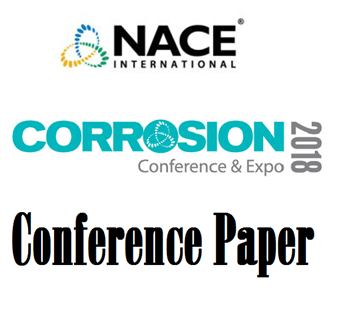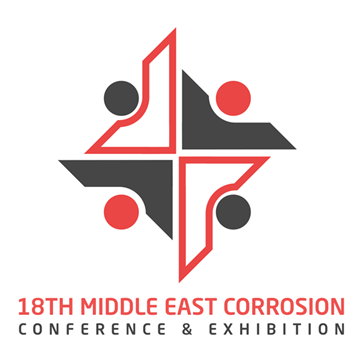Search
Products tagged with 'h2s'
View as
Sort by
Display
per page
Fast screening of Sulfide Stress Corrosion resistance of Supermartensitic Stainless Steel thought alternative test methods
Product Number:
51320-14577-SG
Publication Date:
2020
$20.00
Fitness-for-Purpose Testing of UNS R30003, UNS R30035, UNS N07718 and UNS N09946 in Environment with H2S, CO2, and High-Chlorides
Product Number:
51324-20839-SG
Publication Date:
2024
$40.00
From Pits To Cracks: A Review Of 45-Years Of Published Research On Surface Trenches In Low Alloy Steels Exposed To H2S-Containing Environments
Product Number:
51322-17957-SG
Publication Date:
2022
$20.00
Guidelines for Using Water Analysis for Corrosion Prediction- Sampling Analysis and Data Interpretation
Product Number:
51323-19421-SG
Publication Date:
2023
$20.00
H2S, CO2 and High Chloride Downhole Environment Modelling and Fitness for Purpose Testing of UNS S39274, UNS N08535 and UNS N06255 Corrosion Resistant Alloys
Product Number:
51324-20838-SG
Publication Date:
2024
$40.00
HFW Pipe Seam Screening Test For Susceptibility To Hydrogen Embrittlement
Product Number:
MECC23-20105-SG
Publication Date:
2023
$20.00
Hydrogen Embrittlement Failure Of Nickel Alloy UNS N07716-140 Tubing Retrievable Safety Valve Component Installed In A Sour Production Gas Well
Product Number:
51322-17709-SG
Publication Date:
2022
$20.00
Impact of Novel Sulphidogenesis-Inhibitory Chemistries on Souring and MIC
Product Number:
51318-11183-SG
Publication Date:
2018
$20.00
Investigating Crack Initiation and Propagation from Hard Spots In TMCP Steels Exposed to Wet Sour Environments
Product Number:
MECC23-20109-SG
Publication Date:
2023
$20.00
Investigating The Effect Of H2S And Corrosion Inhibitor On The Corrosion Of Mild Steel Under High Pressure CO2 Conditions
Product Number:
51322-17943-SG
Publication Date:
2022
$20.00
Investigation of Sulfide Stress Crack Propagation Using Sour Pipe Burst in Tubulars with Simulated Defects under Pressure
Product Number:
51324-20420-SG
Publication Date:
2024
$40.00
MR0103-2012-Spanish, “Materiales Resistentes a Agrietamiento de Sulfuro por Corrosión bajo Tensión en Entornos de Refinación de Petróleo Corrosivos”
Product Number:
21183-SG
ISBN:
1-57590-168-4
Publication Date:
2012
$179.00












